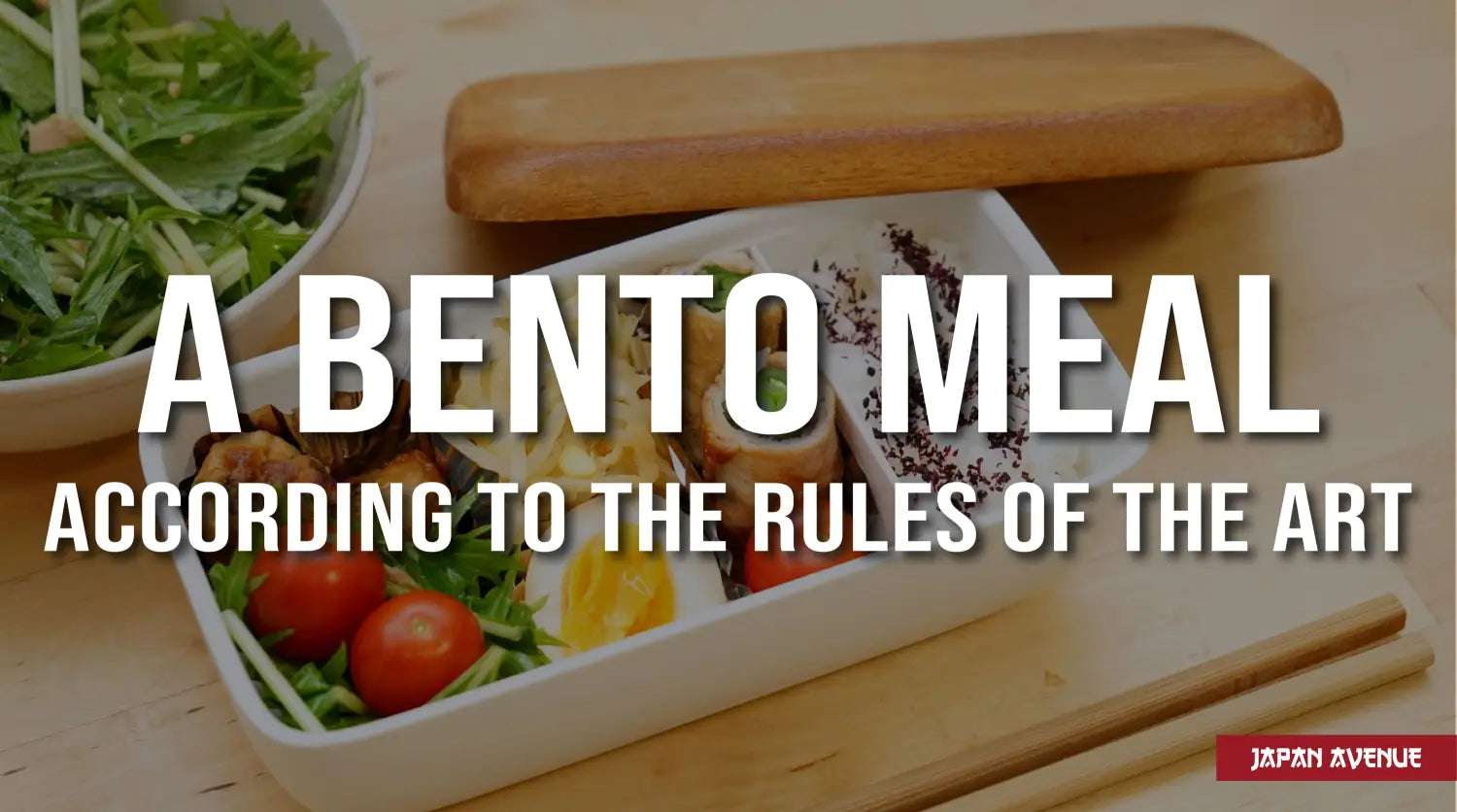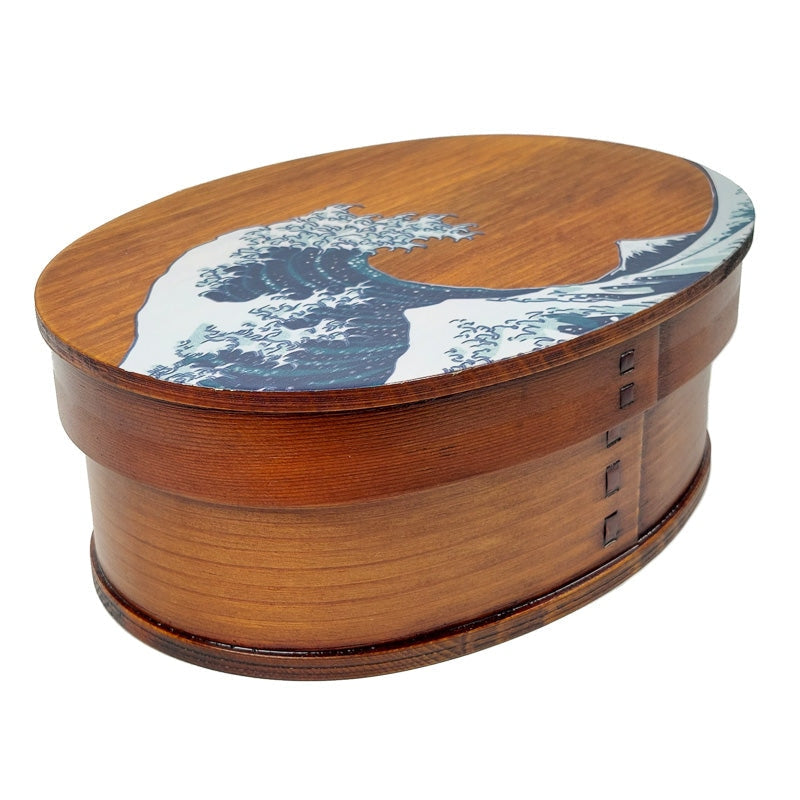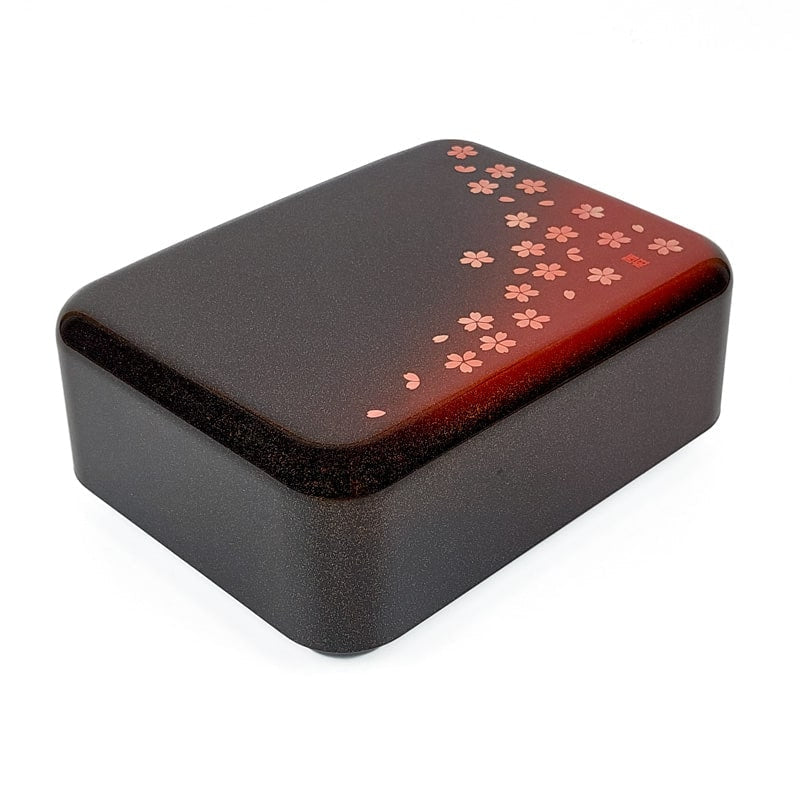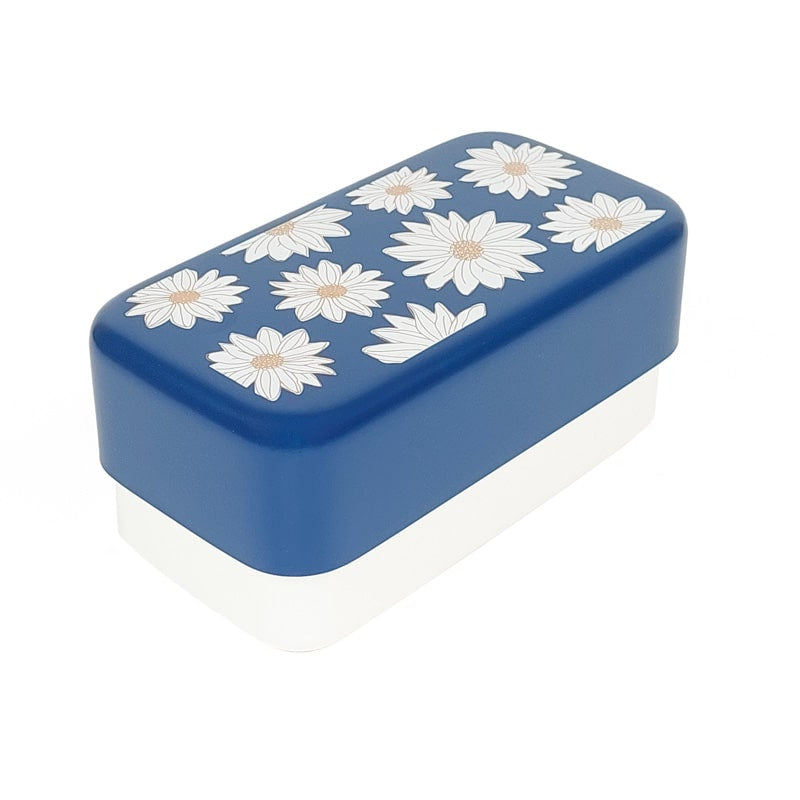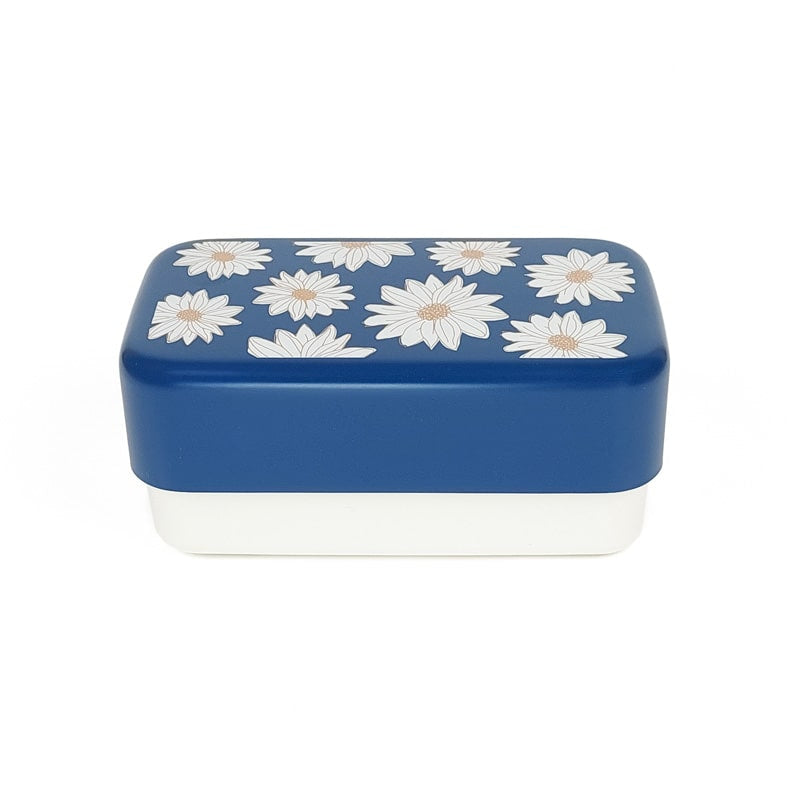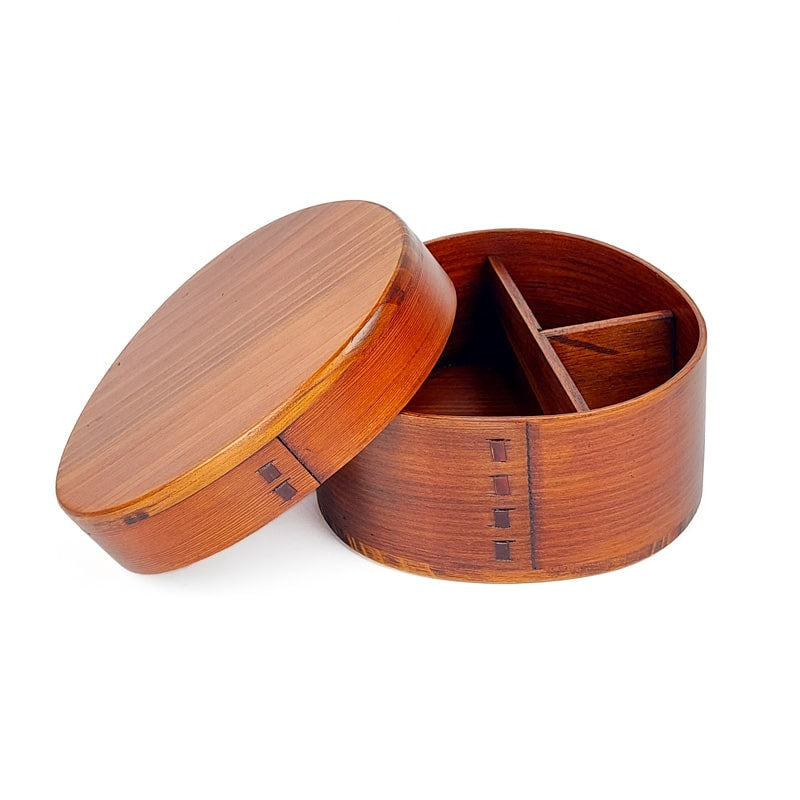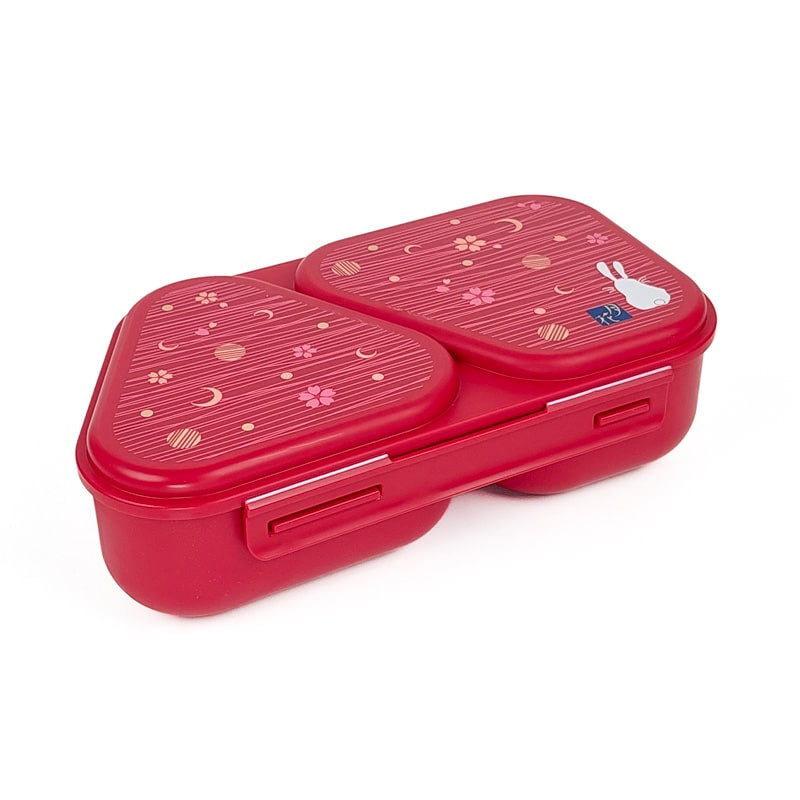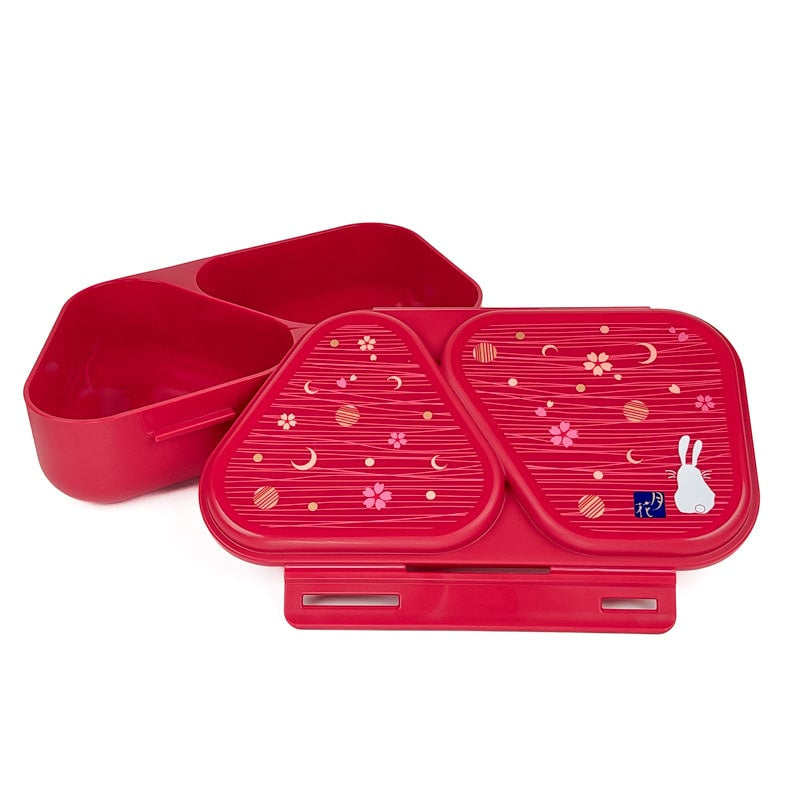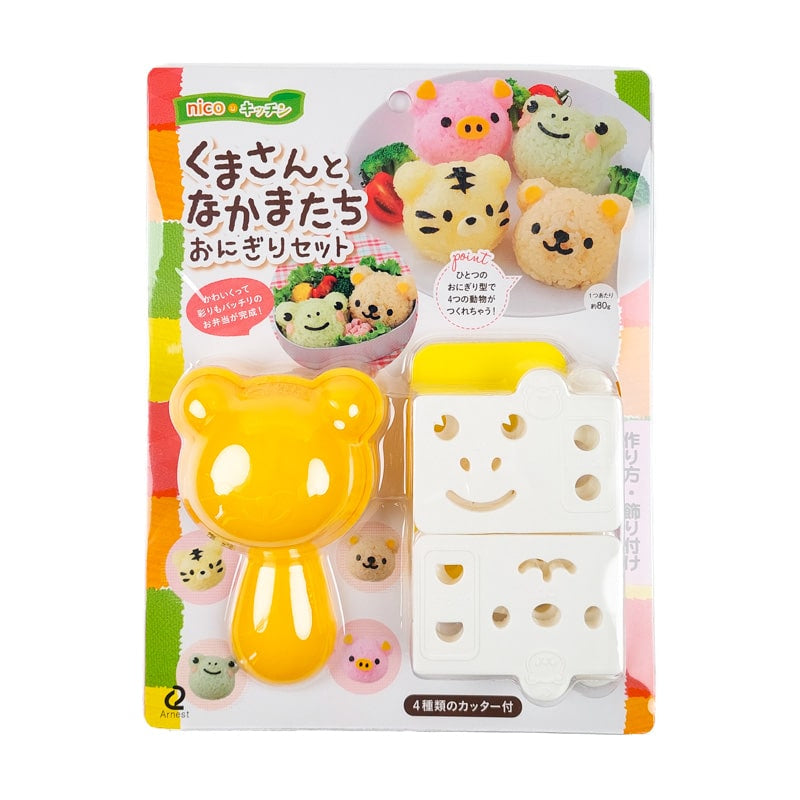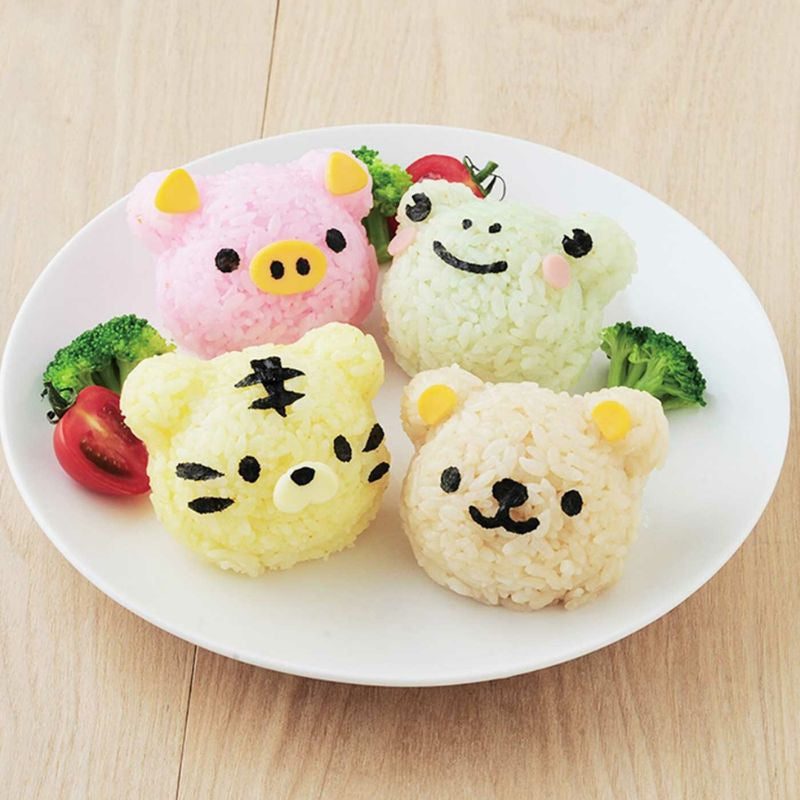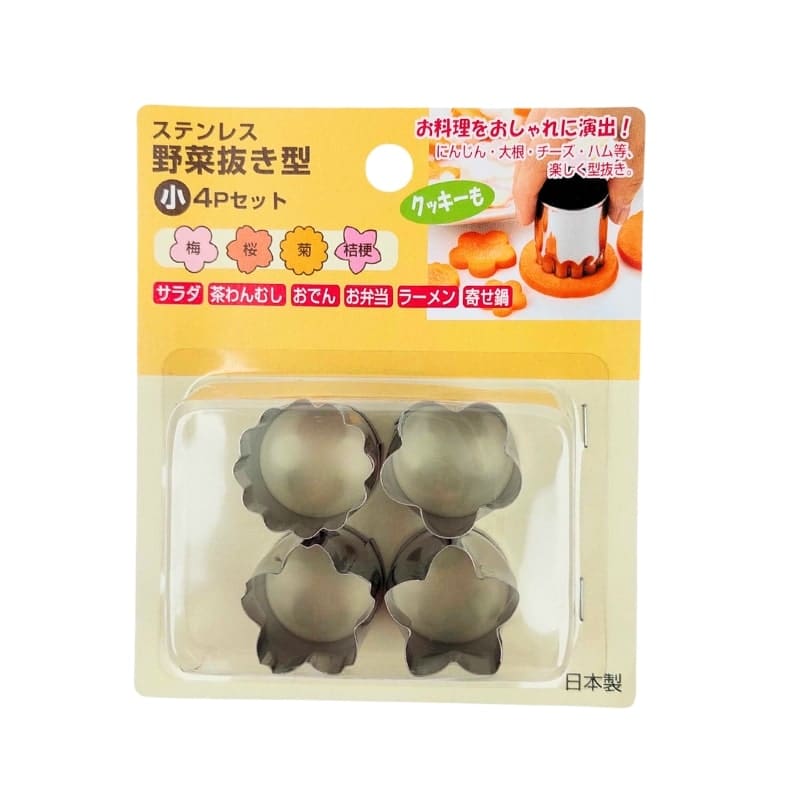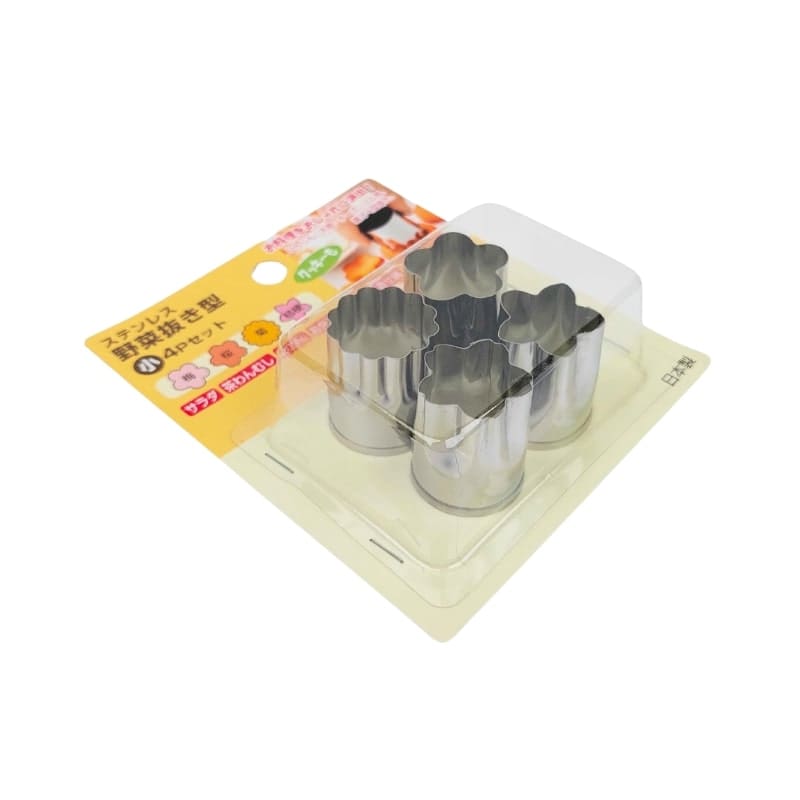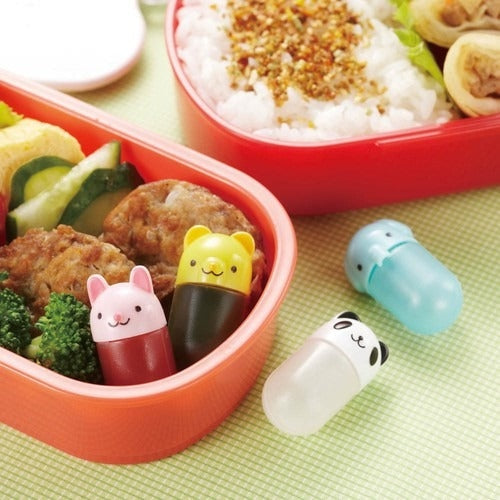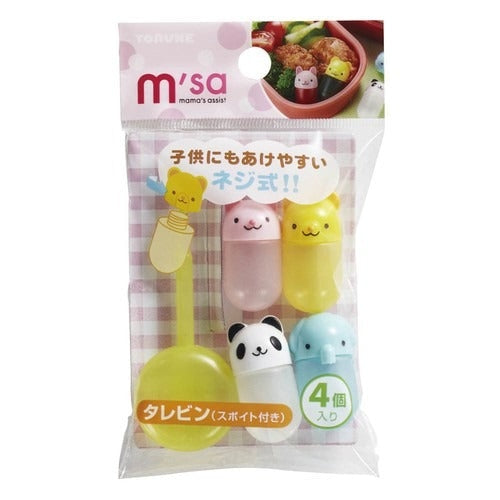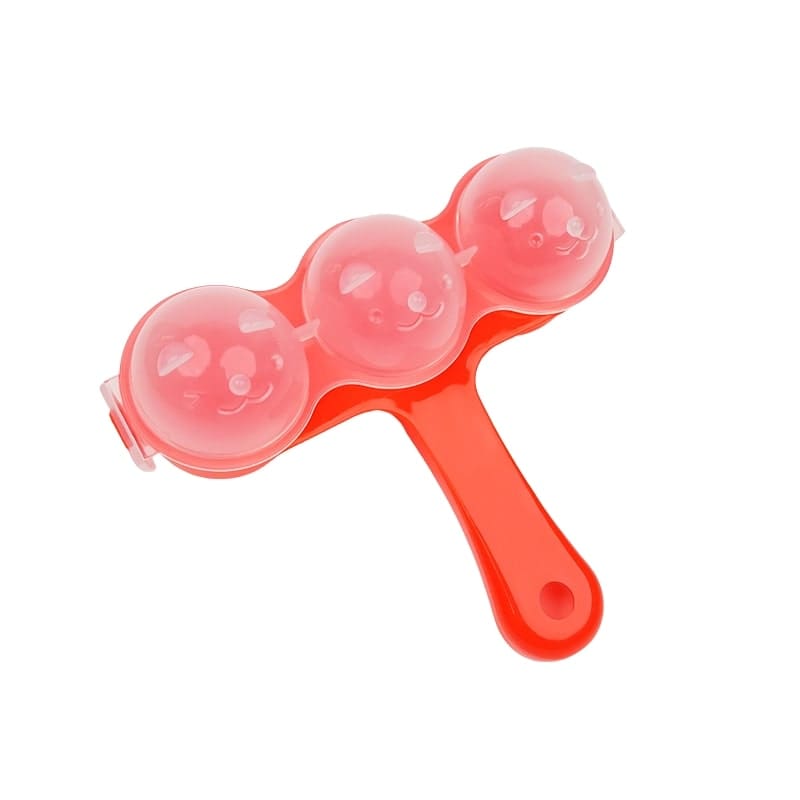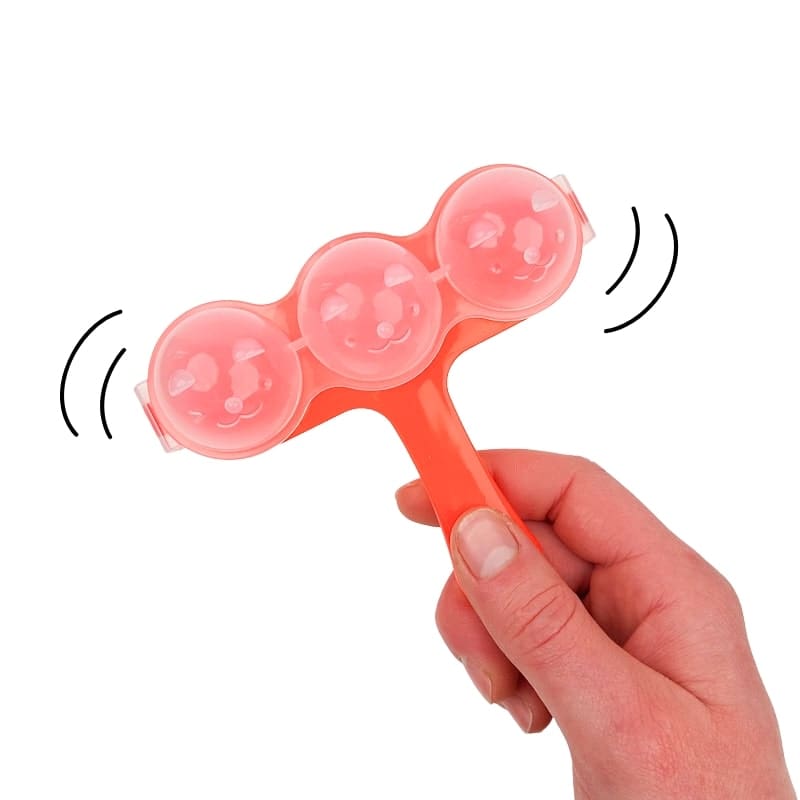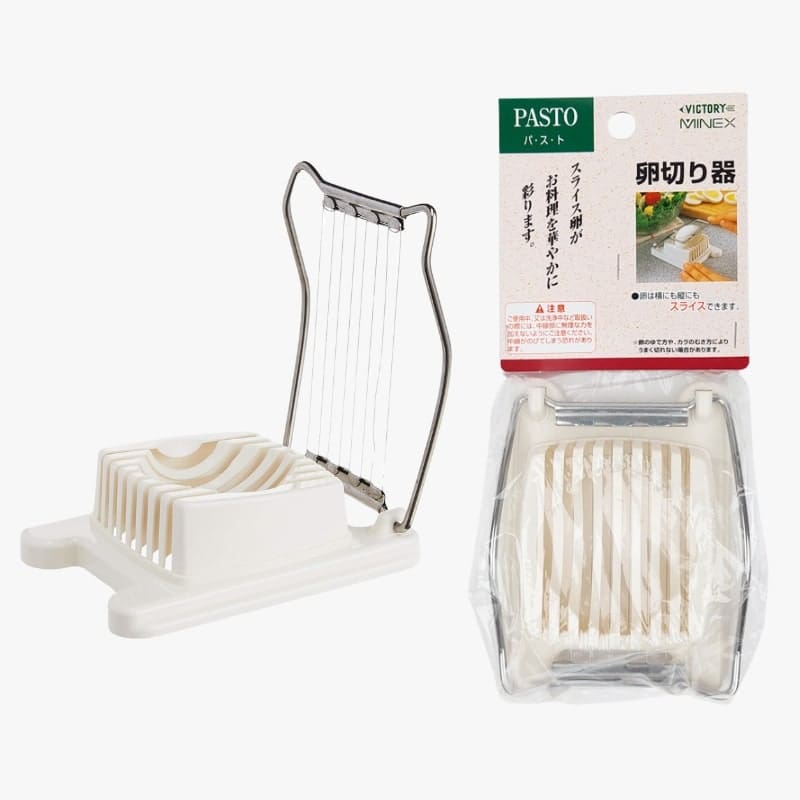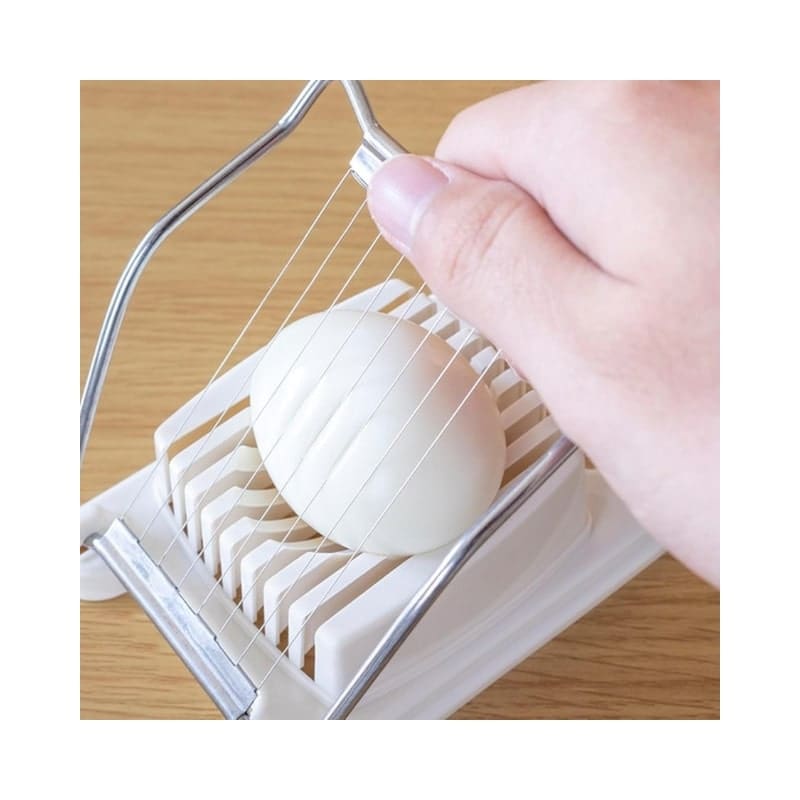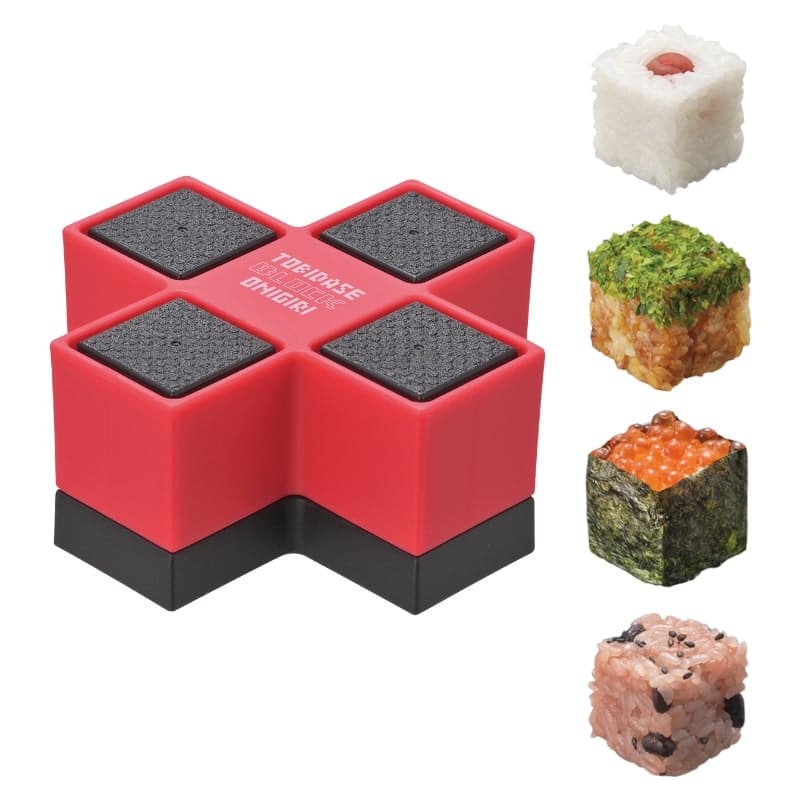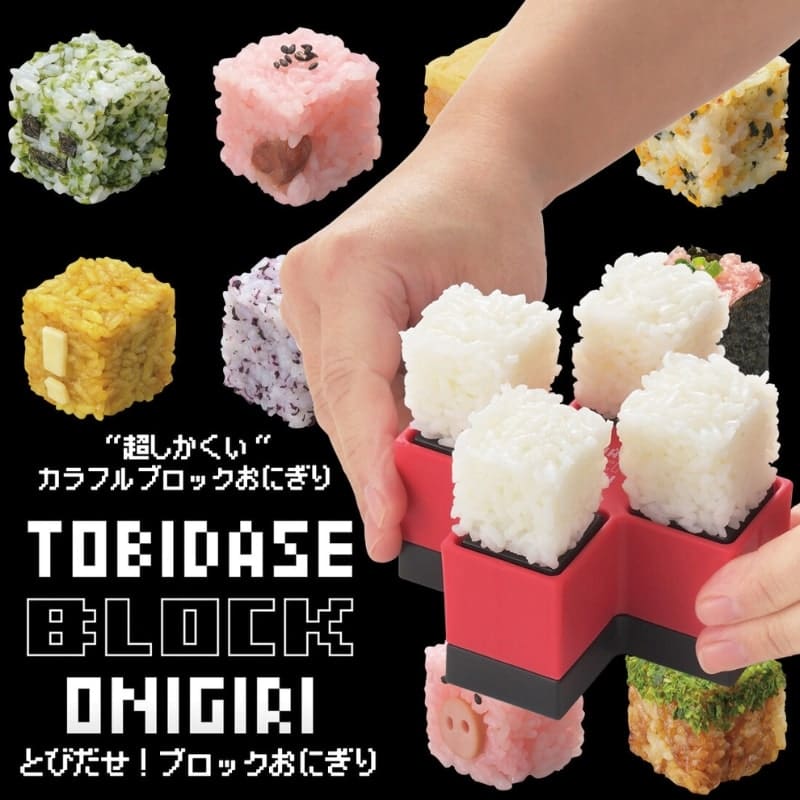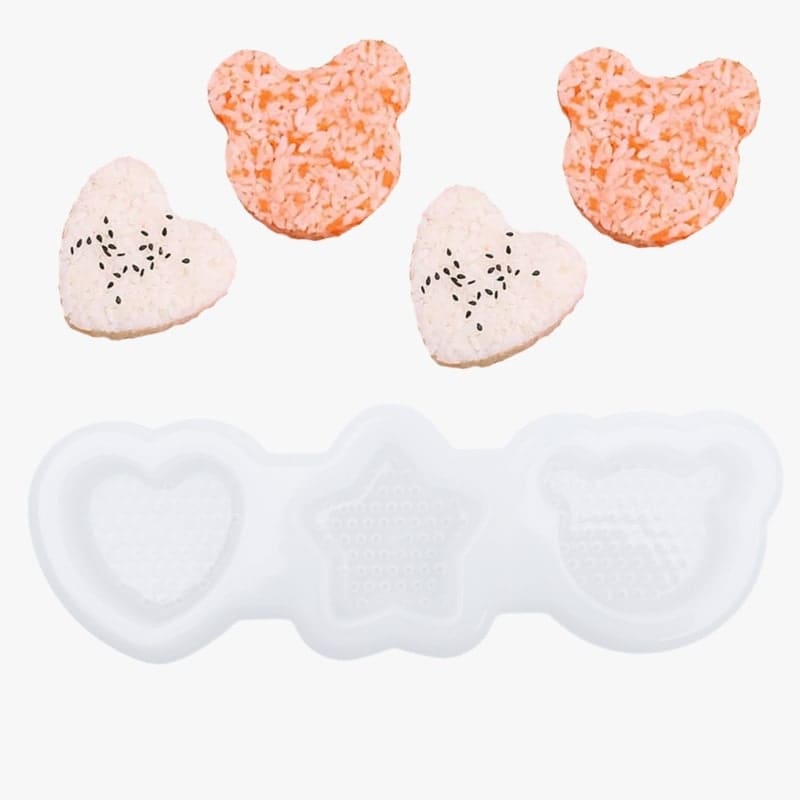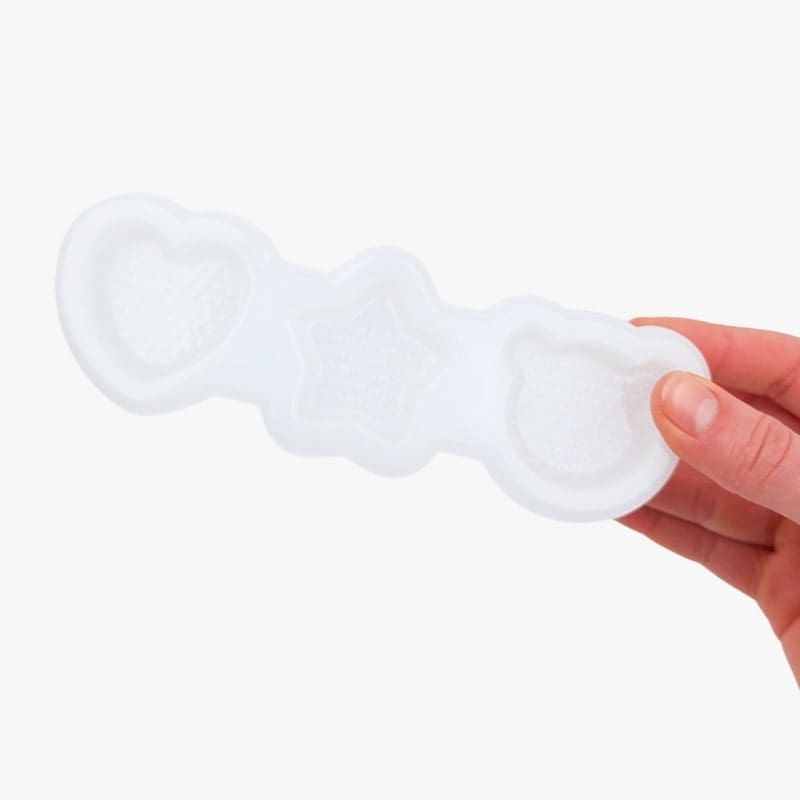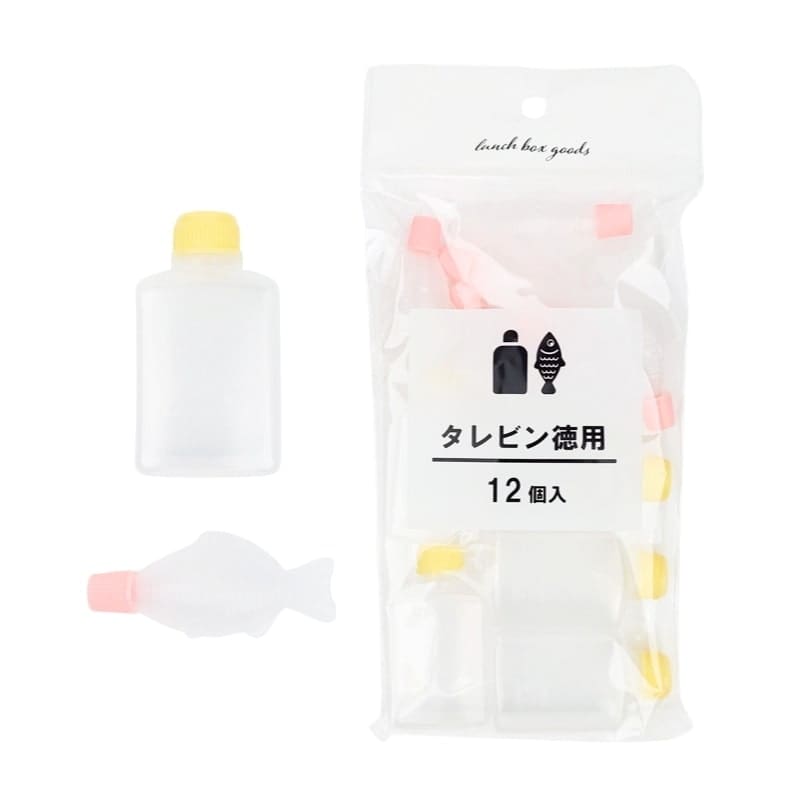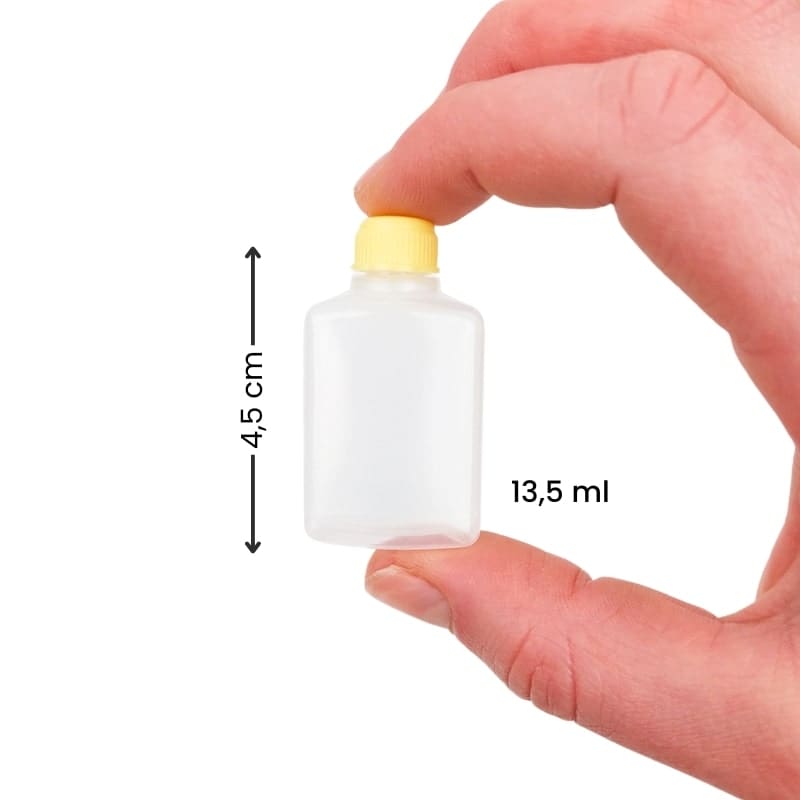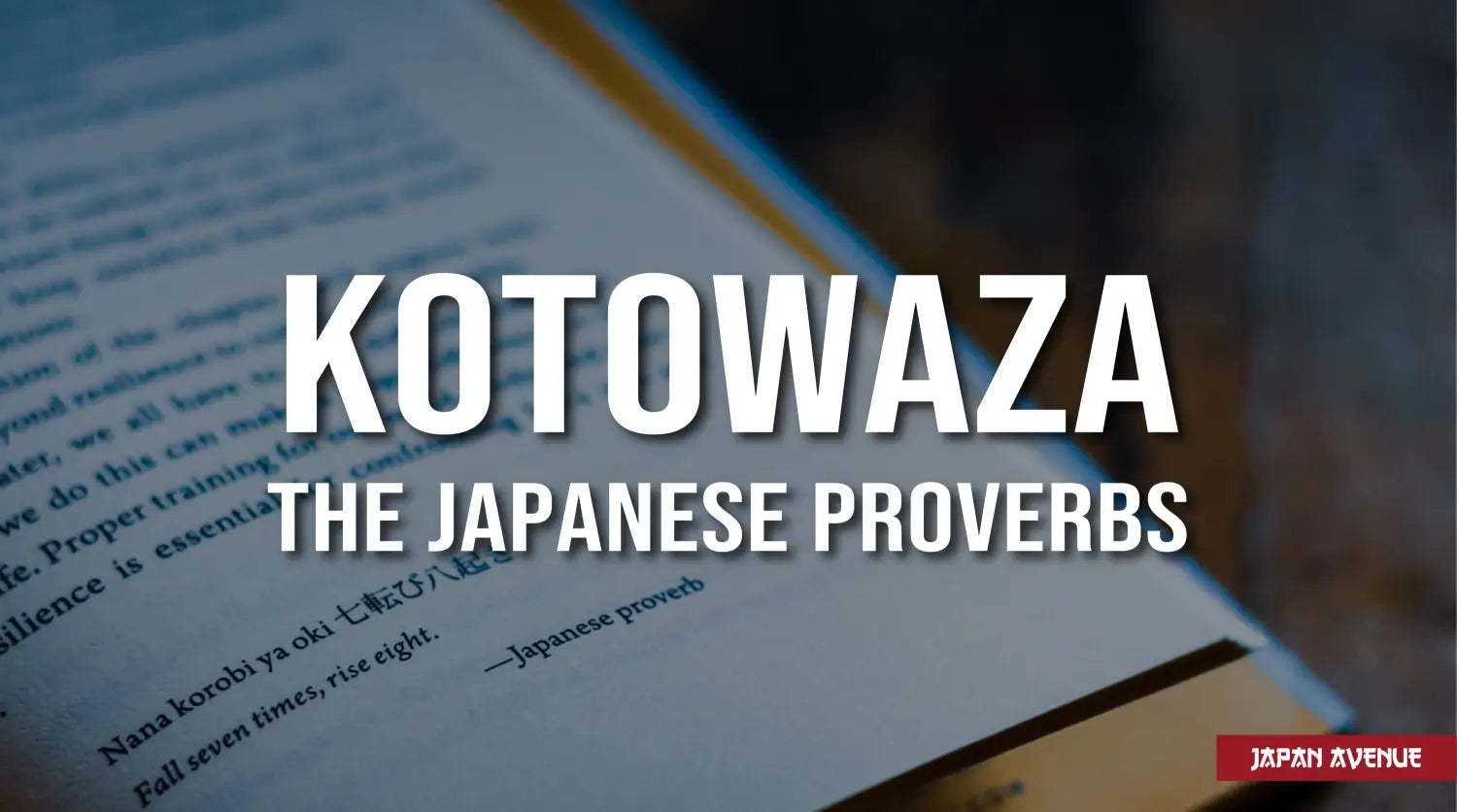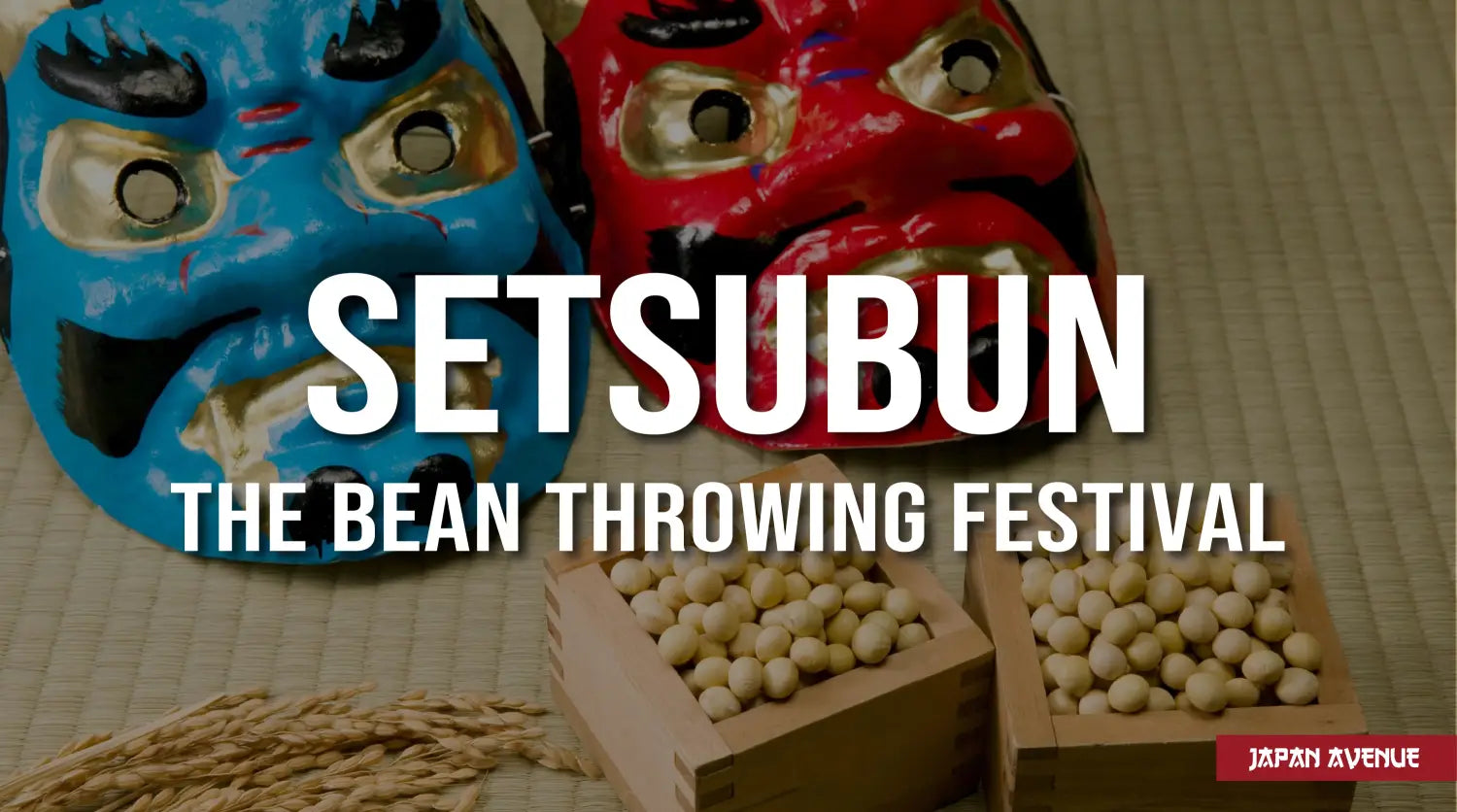The Japanese lunch box is on the rise. Healthy, well-balanced and, on top of that, stylish: it seduces many healthy food addicts in the coworking spaces! Yet, you still need to learn how to make a bento box lunch correctly.
How to find the ideal box, the right accessories and how to prepare your lunch according to the tradition? Japan Avenue reveals you how to make a Japanese bento according to the rules of the art.
🍱 Find the right bento box

Japanese bento box collection on Japan Avenue.
The Japanese lifestyle inspires you? The first thing to do is to determine which box is best for carrying your meal. The volume, arrangement, shape and material of your box will be chosen according to your habits. Plastic bento boxes are microwave and dishwasher safe, while stainless steel will keep your meals warm. Finally, which designs do you like most? From the traditional bento to the kawaii style, there is something for everyone!
If you have a big appetite, opt for a larger container (800ml). On the other hand, for a child's meal or a small snack, a 500 ml capacity is sufficient.
Do you carry your lunch in a backpack? Remember to choose a waterproof box so as to avoid disasters! The dividers allow you to better organize your bento. A compartmentalized box also allows you to separate the food to prevent the transfer of tastes and sauces. If you like to have a starter, a main course and a dessert, then go for a multi-level bento box. The latter will also have the advantage of better separating sweet snacks from salty flavors or those that do not go together.
The Seigaiha Bento Box is ideal for food enthusiasts who wish to carry a complete menu with them. The wooden bento with its sleek design is a beautiful traditional box that preserves the flavors very well. Lunch boxes with kawaii designs are perfect for your little ones while the more sober Japanese designs are better suited for your meals with colleagues. As for the bento with cutlery, this model is very practical, especially for a picnic. Don't hesitate to consult our guide to find the bento that suits you best.
🔪 Preparing your bento: the right tools

Bento & Sushi accessories collection on Japan Avenue.
In Japan, the meal is made up of rice and several other small dishes to be enjoyed all together. Food is cut up so that it can be eaten with chopsticks. Dices, sticks, slices, half-moons, balls, strips, slices... everything is allowed! Note that the aesthetic aspect of the dish is crucial in the Japanese tradition. Visual presentation is a sign of respect and elegance that whets the appetite. Therefore, you should be equipped with knives, rice molds and sandwich cutters in order to create the most beautiful culinary masterpieces. Fall for our onigiri or sushi molds as well as our kawaii accessories that will make the preparation of your bentos so much easier.
👨🍳 Composing your bento: the right proportions

In the Land of the Rising Sun, life expectancy beats all records. The traditional meal is indeed made of high quality products, rich in good nutrients such as fresh vegetables, seafood, seeds of all kinds and the inevitable Japanese rice. In addition, the Japanese diet contains just the right amount of protein, little added sugar and bad fats, all of which are beneficial to our health! How about adopting a healthy and balanced lifestyle just like they do in Japan?
Here is how to pack your Japanese bento box:
First of all, a 40% portion of cereals is added, usually Japanese rice, but this can also be noodles like ramen, soba or udon. Cereals are full of minerals such as magnesium and zinc. Their nutritional quality depends on the growing conditions and the degree of refining.
Proteins are also essential to the body, however animal proteins should be consumed in moderation. Oily fish is an excellent source of omega 3 while red meat provides a lot of iron. Eggs, dried beans and fermented soy products are also a good source of protein.
Lastly, vegetables, fruits and seaweed provide fibers, vitamins and minerals that are essential for good health.

- 🍚 40% cereals
Rice, noodles, semolina, quinoa, buckwheat... - 🥩 30% proteins
Oily fish and seafood (salmon, tuna, mackerel, shrimp), egg and meat (pork, chicken, poultry, beef), legumes (miso, natto, tofu, red beans, lentils...) - 🥕 20% vegetables
Cabbage, cucumber, eggplant, sweet potato, white radish, carrot, tomato, avocado, beet... - 🍉 10% fruit
Pear, peach, persimmon, watermelon, red fruits...

Three examples of a balanced bento lunch:
🍣 Some sushi with salad leaves, tomatoes, carrots and cucumbers in sticks. Chunks of melon and watermelon. A taiyaki (Japanese cake with azuki paste).
🍗 Onigiris with potatoes, spinach or eggplant, an omelet, karrage skewers or teriyaki chicken, a small fruit salad.
🍤 A rice salad with radish, corn, hard boiled and tuna, sprinkled with sesame seeds. Shrimp tempura with pickled baby vegetables. Cheese and apple for dessert.
To combine pleasure and health, condiments are your allies. Soy sauce, wasabi or wafu vinaigrette will subtly spice up your dishes and take you on a trip to Japan. Remember the little bottles to slip into your bento so as to keep your food crunchy!
🍙 Packing your bento: harmony and color

To make your bento lunch the right way, you need to add color to create a nice composition. Just like a painting, your bento box should be dressed in vibrant hues. Consider the palette of greens offered by veggies, the bright hues found in carrots, strawberries, beets, bell bell pepper, egg, corn, red cabbage, orange or lemon.
⚪ White: rice, bread, pasta...
🟢 Green: kiwi, avocado, zucchini...
🔴 Red / Pink: tomato, red fruits, deli, raspberry, ham, radish...
🟠 Orange: pumpkin, tangerine, egg...
🟡 Yellow: lemon, chickpea, mirabelle plum...
🟣 Purple: eggplant, blueberries, beet...
🟤 Brown: mushroom, almond, date...
⚫ Black: olive, sesame, blackberries...
In addition to being pleasing to the eye, your bento should be organized in such way as to avoid mixing flavors that do not go together. For example, we will avoid placing a dessert next to a piece of salmon. The rice should be placed first and touch the other dishes as little as possible so as not to absorb their water. Ideally, it should be compartmentalized with a removable divider. Large pieces of meat and fish, which are more difficult to contain, are placed next, followed by the softer foods. To finish, you can fill the empty areas with small decorations such as cherry tomatoes, cauliflower or lemon, as well as small decorative pieces. If you have a tiered box, reserve this last one for dessert, appetizer or snack.

To go a step further in the preparation of your bento, you can surf on the kawaii trend that will bring a good dose of cuteness to your lunch! Little cats, pandas or even teddy bears are waiting for you! Now that we've made you mouth water, all that's left to do is prepare a healthy and delicious Japanese bento!

